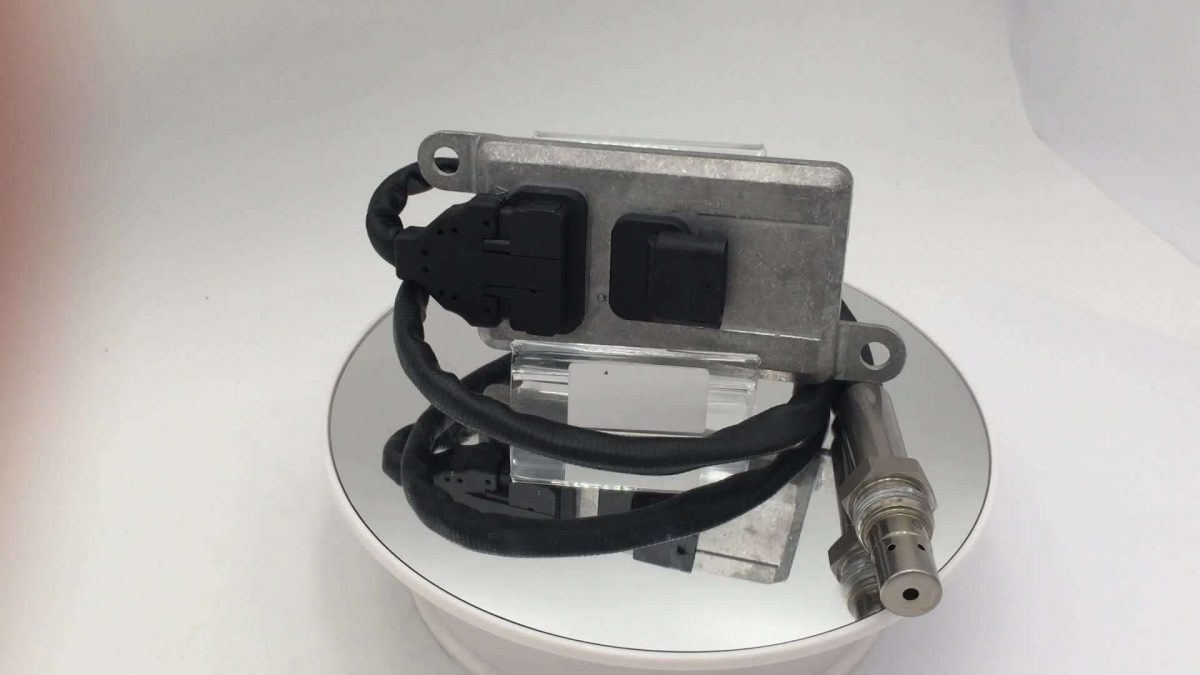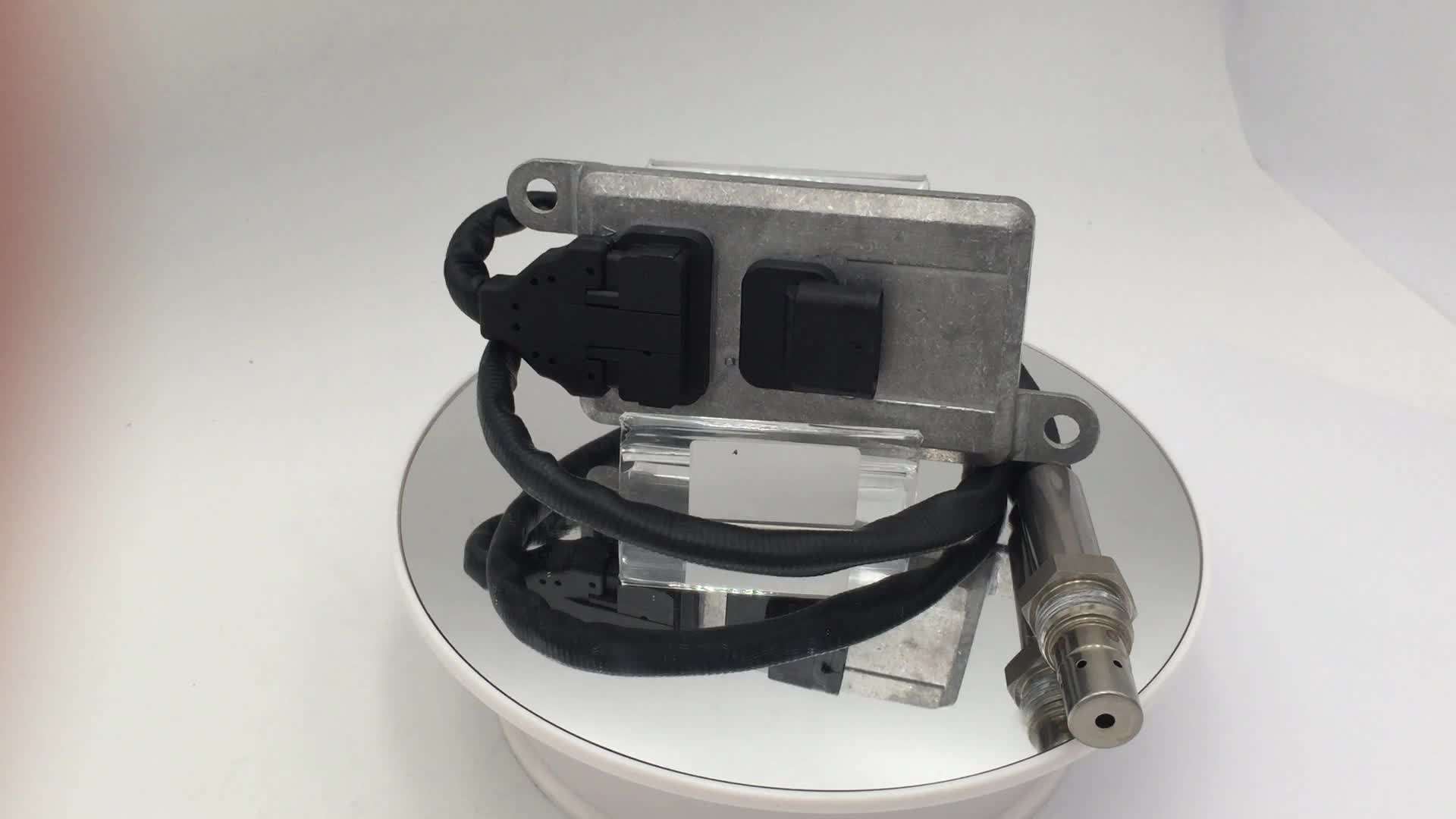The Detailed introduced about the working process of NOx Sensor


The main function of n0x sensor is to detect whether the concentration of n0x in exhaust exceeds the limit, and to diagnose whether the muffler of catalytic converter is aging, removed and other faults.
N0x sensor communicates with the control unit through CAN bus and has its own diagnosis function. After there is no fault in the sensor self-test, the control unit commands the heater to heat the n0x sensor. During the heating process, if the sensor signal is not received after exceeding the maximum heating time limit, it is determined that the sensor heating is unreliable.
1. “No power state”:
A. In this state, 24V power is not supplied to the sensor.
B. This is the normal state of the sensor when the body ignition switch is off.
C. The sensor has no output at this time.
2. “With power supply – sensor inactive”:
A. At this time, power has been supplied to the sensor through the ignition switch.
B. The sensor enters the pre heating stage. The purpose of pre heating is to evaporate all the moisture on the sensor head.
C. The pre heating phase lasts approximately 60 seconds.
3. When the ignition switch is turned on, n0x sensor will be heated to 100 ℃.
4. Then wait for ECM to send a “dew point” temperature signal – “dew point” temperature means that there will be no moisture in the exhaust system that can damage n0x sensor after this temperature. At present, the dew point temperature is set to 120 ℃, and the temperature value is the value measured by the outlet temperature sensor of reference EGP.
5. When the sensor receives the dew point temperature signal from ECM, the sensor will heat itself to a certain temperature (up to 800 ℃) – note: at this time, if the sensor head contacts water, the sensor will be damaged.
6. After heating to the working temperature, the sensor starts normal measurement.
7. The NOx sensor sends the measured NOx value to the ECM through the CAN bus, and the engine ECM monitors the NOx emission from time to time through this information.
